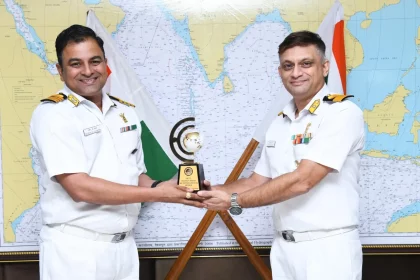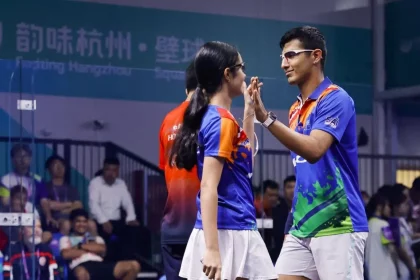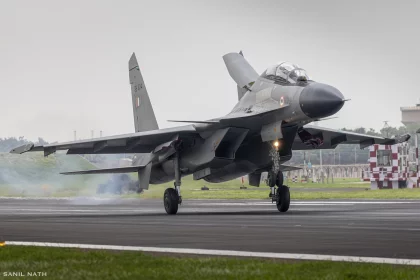Eastern Naval Command Hosts Annual Meteorology and Oceanography Officers’ Conference (METOC)
INS Shikra awarded the maiden ‘Best IN Met Office Trophy’ for AY 2024–25.
Lt Gen Manjinder Singh Visits 2nd Battalion of the Madras Regiment
Army Commander and Colonel of the Regiment upholds regimental traditions and promotes welfare initiatives during visit.
Lt Gen Rajesh Pushkar Reviews Operational Preparedness of Pine Division Units
Lt Gen Rajesh Pushkar Praises Troops’ Innovation, Technology Integration, and High Operational Standards.
Indian Air Force to Host First-Ever International Squash Championship 2025 in New Delhi
Prestigious five-day tournament at Air Force Station New Delhi to feature global participants, promoting fitness, camaraderie, and sporting excellence within…
HAL Denies Reports of India–Armenia Su-30MKI Fighter Jet Export Deal Amid Growing Speculation
Unconfirmed Reports Suggest $3 Billion Agreement; HAL Maintains No Official Directive Received.
DRDO’s ‘Swayam Raksha Kavach’ Elevates TEJAS MK-1A To Stealth-Capable Fighter Status
New Electronic Warfare Suite Marks a Major Leap in India’s Indigenous Air Power.






